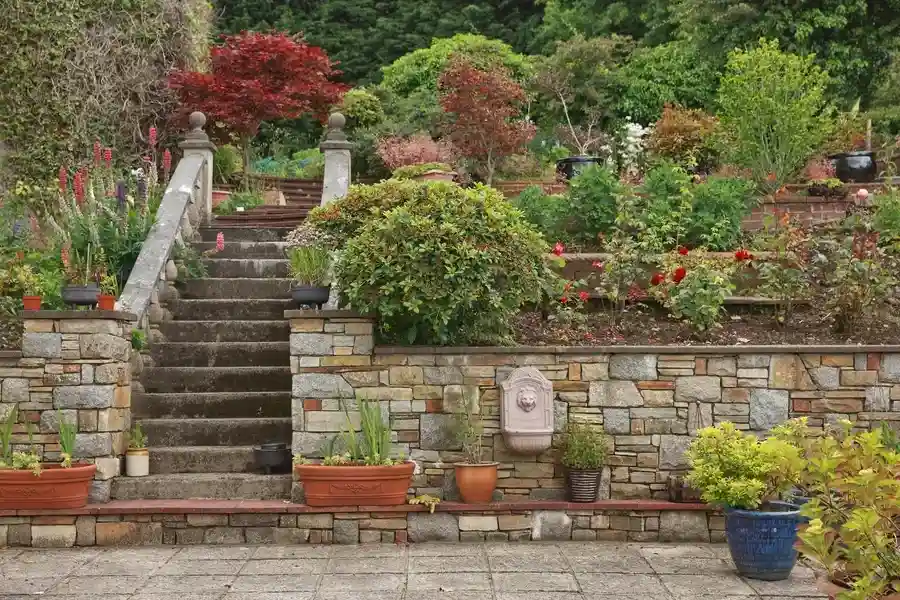How to Prepare for a Successful Project
Preparing for a retaining wall project can seem overwhelming at first. It’s important to understand the necessary steps before breaking ground. This guide will provide you with crucial information to ensure your project is successful. We’ll cover everything from planning and design to cost considerations, providing actionable tips along the way.

Understanding the Purpose of Your Wall
The purpose of your wall guides its design and construction process. Determine whether you’re building it for erosion control, aesthetic enhancement, or additional support for landscaping. Each purpose requires different materials and structural designs. Clarifying this helps in making informed decisions during each phase.
Planning Your Design and Layout
A well-thought-out design is essential for any retaining wall installation. Consider factors such as height, length, and style that match your landscape’s aesthetics. You may want to sketch several layouts or use design software for visualization. Remember, careful planning prevents costly alterations later on.

Selecting Materials and Tools
Choosing the right materials affects both the durability and appearance of your wall. Common materials include concrete blocks, natural stone, and wood. Each has unique advantages and maintenance needs. For the retaining wall installation itself, you’ll need shovels, levels, tape measures, and possibly heavy machinery if large boulders are involved.
Evaluating Site Conditions
Before starting the retaining wall installation, check the soil conditions and slope stability. Soil type influences drainage requirements and foundation depth. It’s advisable to consult a professional if you’re uncertain about these conditions. Proper site evaluation ensures longevity and safety.
Establishing Drainage Solutions
Drainage solutions are critical to preventing water damage and maintaining structural integrity. Without proper drainage, water pressure can build up behind the wall, leading to failure. Options include installing drain pipes or gravel backfill to facilitate water movement away from the structure.
- Determine natural water flow patterns
- Design adequate drainage systems
- Use gravel and perforated pipes effectively
Obtaining Necessary Permits
Check local regulations to see if permits are required for your project. Building codes vary by location, especially concerning wall height and proximity to property lines. Obtaining permits ensures compliance with legal standards and prevents potential fines.
Calculating Project Costs
The cost of a retaining wall depends on materials, labor, and complexity of design. Create a budget that includes unexpected expenses like higher material costs or extra labor for complicated installations. Investing in quality materials might increase upfront costs but often results in lower maintenance over time.
- Create a detailed budget plan
- Include estimates for all phases
- Consider long-term maintenance costs
Your Path to Success With Expert Guidance
By following these steps, you set your project on a path toward success. Remember to assess site conditions thoroughly and choose the appropriate materials for your needs. If you have questions or require assistance, experts in Highbury, NS offer consultations and services tailored to your requirements. Contact Annapolis Valley Landscaping at (902) 698-3343 today for comprehensive support in bringing your vision to life.
